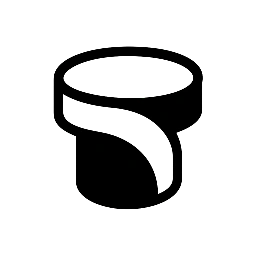Table of contents
Introduction
Aging agents, including Botox and dermal fillers, minimize facial fine lines, wrinkles, and loss of volume in the body. Here is an all-inclusive guide to insight into their workings and benefits for you.
What Are Fillers and Botox?

Botox: They are neurotoxins that act by temporarily paralyzing moving facial muscles, where dynamic wrinkles created by muscle contractions are formed. The forehead lines, crow’s feet, and frown lines are usually treated with Botox.
Dermal fillers: These are injectable fillers that contain hyaluronic acid or any of the other materials used in restoring lost volume in the face and smoothing up wrinkles, as well as augmenting the contours of the face. Some of the benefits of dermal fillers include treating nasolabial folds and marionette lines, as well as augmenting the lips.
How Do They Work?
– Botox: They block the signal from nerve to muscle, thereby short-term paralyzing the muscles and subsequently reducing the wrinkles. Duration of effect: 3-4 months.
– Dermal Fillers: Restore volume and stimulate collagen production, thus producing instant results that last from six to twenty-four months.
Advantages
– Botox:

– Eliminates fine lines and wrinkles
– Prevents the formation of new ones
– Quick procedures with minimal downtime
– Dermal Fillers:

– Restore volume and define facial contours
– Fade creases and fine lines
– Enhance the shape and size of the lips
Types of Dermal Fillers

– Hyaluronic acid (HA) fillers: The most famous type, useful to care for nasolabial folds, marionette lines, and lip augmentation.
– Poly-L-Lactic Acid (PLLA) Fillers: Stimulated collagen formation, applied for deeper folds and hollowed cheeks.
– Calcium Hydroxylapatite Fillers: Used in the correction of lines and folds on the face and hands.
– Revance TEOXANE RHA Fillers: Uniquely stretch with the movement of the skin, naturally creating a realistic appearance for the person using them.
What to Expect
– Procedure: Fast and pain-free; some fillers contain lidocaine.
– Downtime: Very minimal; most people return to life immediately.
– Results: Immediate, with some lasting several months.
Precautions and Aftercare
-Find a qualified injector: Essential for achieving desired results while preventing complications.
-Follow aftercare instructions: Mentioned as no rubbing or pressing around treated areas. Any special instructions from the practitioner must be followed.
Expected adverse reactions are essentially limited to injection site redness, swelling, bruising, and pain for common adverse reactions, and these are all but infrequent: infections, allergic reactions, difficulty in breathing and swallowing, and some asymmetry.
Costs
The costs for Botox are dependent on the number of units required, with average prices ranging from $300 to $1,000 per treatment.
Filler costs vary with types and amounts; on average, prices range from 500 to 2000 dollars per syringe.
Conclusions
A Botox and filler treatment relieves the unattractiveness caused by fine lines and wrinkles, caused by aging effects, and restores volume lost due to the same reason. An extensive knowledge of the ins and outs of these treatments, as well as a keen understanding of their benefits, will aid the decision-making process of any person considering other alternatives for treatment.


Leave a Reply